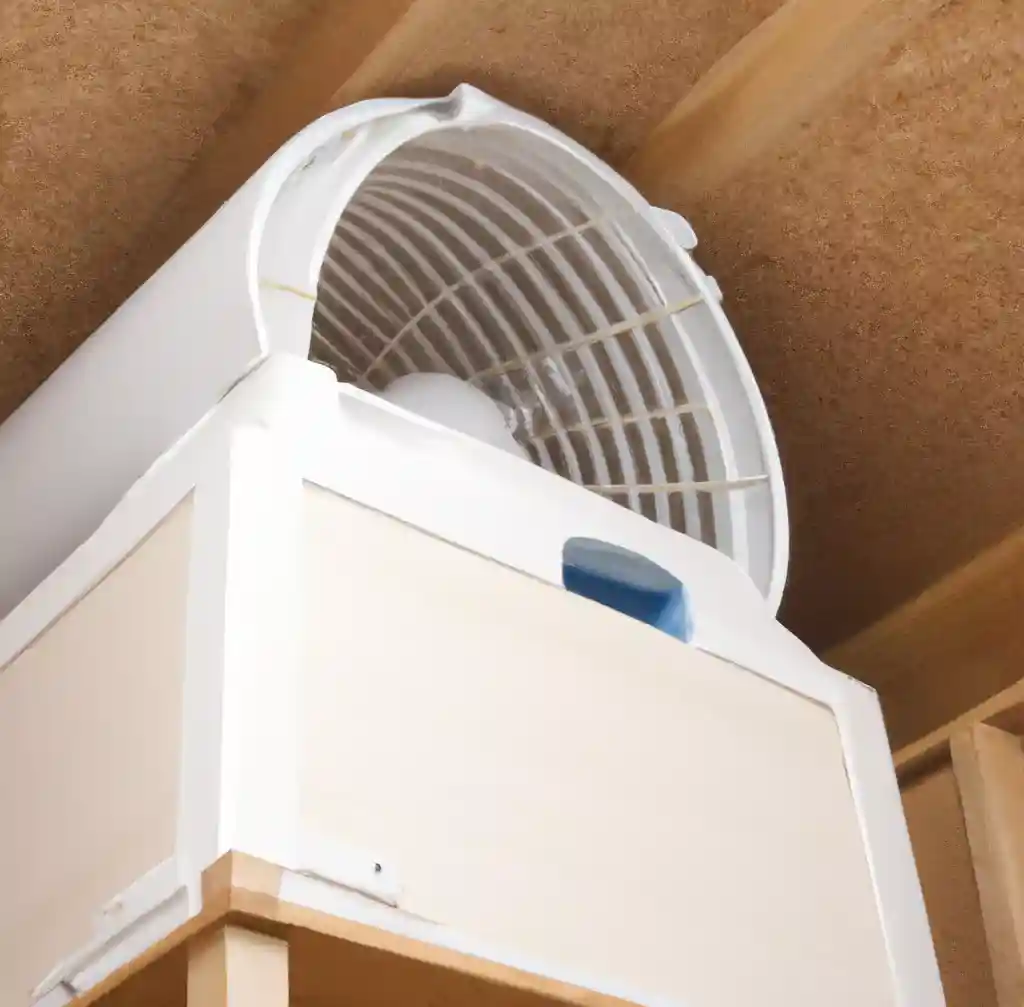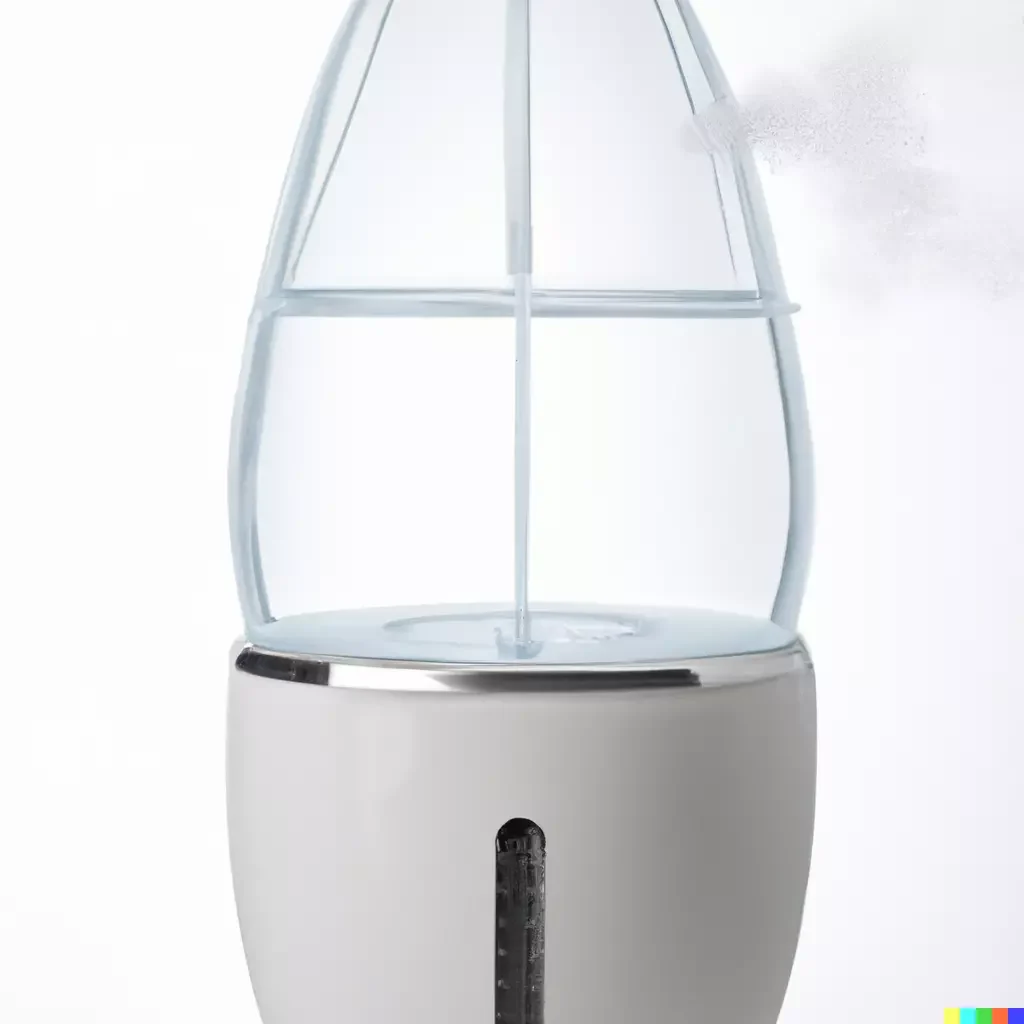Eliminate excess moisture in your attic with our powerful and efficient attic dehumidifiers. Keep your home dry and mold-free
An attic dehumidifier can help maximize your attic space by removing excess moisture, which can lead to mold and mildew growth.
This not only improves air quality but also prolongs the life of your attic insulation and prevents wood rot. Furthermore, it can also help reduce energy costs by making your HVAC system run more efficiently.
By keeping your attic dry and mold-free, an attic dehumidifier can help you make the most of your attic space.
Can I put a Dehumidifier in My Attic?
Yes, you can put a dehumidifier in your attic. In fact, it is a great idea to do so if you have a problem with excess moisture in your attic.
Moisture buildup in the attic is common because it typically lacks proper ventilation and frequently encounters high levels of humidity.
Excess attic moisture promotes mold and mildew, causing health issues and harming insulation and structural wood.
A dehumidifier in the attic can help remove excess moisture, preventing mold and mildew growth and prolong the life of your attic insulation and structural wood.
Additionally, it can also help reduce energy costs by making your HVAC system run more efficiently.
An attic dehumidifier can also improve air quality by removing excess moisture, which can be a breeding ground for allergens and other harmful particles.
When installing a dehumidifier in your attic, make sure to choose a unit specifically designed for attic use.
These units are typically larger and more powerful than standard dehumidifiers and are able to handle the higher levels of humidity found in an attic.
Also, ensure that your attic has proper ventilation and a means to discharge the excess moisture collected by the dehumidifier, such as a hose or drain.
In summary, it is a great idea to install an attic dehumidifier if you have a problem with excess moisture in your attic.
It can help prevent mold and mildew growth, prolong the life of your attic insulation and structural wood, reduce energy costs and improve air quality.
Make sure to choose a unit that is specifically designed for use in an attic and ensure proper ventilation and moisture discharge.
Signs of Moisture in The Attic
There are several signs that indicate the presence of moisture in an attic, which, if left unaddressed, can lead to serious problems. Some of these signs include:
- Musty or damp smell: A musty or damp smell in the attic is a clear indication of excess moisture. This can be caused by poor ventilation, leaks, or condensation.
- If you notice stains or discoloration on the ceiling or walls of your attic, it might indicate water damage resulting from excess moisture.
- Peeling paint or wallpaper: Peeling paint or wallpaper in the attic can be a sign of excessive moisture. This can be caused by condensation or leaks.
- Visible mold or mildew: Visible mold or mildew growth in the attic is a clear indication of excess moisture. This can be harmful to your health and can also damage your attic insulation and structural wood.
- Warped or rotted wood: Warped or rotted wood in the attic is a sign of water damage caused by excess moisture. This can weaken the structure of your attic and can also be a fire hazard.
- Ice dams: Ice dams on the roof of your attic can be a sign of excess moisture. Ice dams are caused by snow melting and refreezing on the roof, which can cause water to seep into the attic.
- High humidity levels: If you notice high humidity levels in your attic, it could be a sign of excess moisture. A hygrometer can be used to measure humidity levels in the attic.
It’s important to address any signs of moisture in the attic as soon as possible to prevent serious problems like mold, mildew, and structural damage. An attic dehumidifier can help remove excess moisture and prevent these issues.
Causes of Attic Moisture
There are several common causes of excess moisture in an attic, which can lead to mold and mildew growth, damage to insulation and structural wood, and other problems. Some of these causes include:
- Poor ventilation: Insufficient ventilation in the attic can trap moisture in the air, leading to condensation on surfaces and mold growth.
- Leaks: Leaks in the roof or around windows and doors can allow water to enter the attic, leading to moisture buildup.
- High humidity: High humidity levels in the attic can cause condensation on surfaces and mold growth.
- Insufficient insulation: Insufficient insulation in the attic can cause condensation on surfaces during cold weather.
- Air leaks: Air leaks from the living space into the attic can cause moisture from inside the home to enter the attic.
- HVAC issues: HVAC systems that are not properly maintained can cause moisture buildup in the attic.
- Ice dams: Ice dams on the roof of an attic can cause water to seep into the attic.
- Flooding: Flooding can cause water to enter the attic and cause moisture buildup.
It’s important to address the causes of attic moisture as soon as possible to prevent serious problems like mold, mildew, and structural damage.
An attic dehumidifier can help remove excess moisture and prevent these issues, but it’s also important to find and fix the underlying cause of the moisture.
Best Attic Dehumidifier
Choosing the best attic dehumidifier will depend on several factors, such as the size of your attic, the humidity level, and the specific needs of your home. However, some popular and highly rated attic dehumidifiers include:
- Santa Fe Advance2 Dehumidifier
The Santa Fe Advance2 Dehumidifier, designed for large attics and basements, boasts a powerful fan, an advanced control panel, and a built-in pump for easy drainage.
- Aprilaire 1820 Pro Dehumidifier:
This dehumidifier is designed for use in large attics, basements, and crawl spaces. It has a built-in humidistat and automatic shut-off feature for convenience and safety.
- Frigidaire 70 Pint Dehumidifier:
This dehumidifier is designed for large spaces. It has a built-in pump that can pump the water to a nearby location. It also has a programmable humidistat, a 24-hour timer, and an automatic shut-off feature.
- AlorAir Sentinel HD90 Dehumidifier:
This dehumidifier is designed for large attics, basements, and crawl spaces. It has a built-in pump, a built-in humidistat, and an automatic shut-off feature for convenience and safety.
- Dri-Eaz F413 Revolution LGR Dehumidifier:
This dehumidifier is designed for large attics, basements, and crawl spaces. It has a built-in humidistat, an automatic shut-off feature, and a built-in pump for easy drainage.
To find the best attic dehumidifier that suits your specific needs and budget, you should research and compare different options. Additionally, ensure that the dehumidifier you select is specifically designed for attic use and capable of handling the higher levels of humidity typically found in an attic.
Attic Dehumidifier With Pump
An attic dehumidifier with a pump is a type of dehumidifier that is specifically designed for use in an attic.
It comes with a pump that automatically transfers the collected moisture from the dehumidifier to a nearby location, such as a floor drain or sump pump.
This eliminates the need for a separate drainage hose, which can be useful if the attic is not located near a suitable drain.
The pump in an attic dehumidifier with a pump is typically activated when the water level in the unit’s collection tray reaches a certain level.
The pump will then automatically pump the water out of the unit and into the designated drainage location. Some dehumidifiers have a built-in float switch that will shut off the unit when the water level is too high to prevent overflow.
Choose an attic dehumidifier with a pump if you can’t run a drainage hose or want to avoid manually emptying the collection tray.
In summary, a dehumidifier with a pump designed for use in an attic is equipped with a pump that automatically removes the collected moisture to a nearby location, eliminating the need for a separate drainage hose.
This feature can be useful for those who cannot run a drainage hose from the attic or want to avoid the hassle of having to manually empty the collection tray.
Whole House Dehumidifier in Attic
A whole-house dehumidifier removes moisture from the entire home, not just one room.
Typically, install these units centrally, like in the basement or attic, and connect them to the HVAC system. The moisture that is removed from the air is then drained away through a pipe or hose.
Consider installing a whole-house dehumidifier in the attic to address excess moisture issues throughout your home. Attics often accumulate moisture due to inadequate ventilation and high humidity levels. Such a dehumidifier can prevent mold and mildew growth while extending the lifespan of your attic insulation and structural wood. Choose a unit specifically designed for attic humidity levels during installation.
Ensure good attic ventilation and a method to discharge excess collected moisture, like a pipe or hose.
In summary, a whole-house dehumidifier is a type of dehumidifier designed to remove excess moisture from the entire home. You can install it in a central location, such as the basement or attic, and connect it to the HVAC system.
Consider a whole-house attic dehumidifier if you have moisture issues throughout your home.
Choose a unit designed for high attic humidity levels and ensure proper ventilation and moisture discharge.
Attic Dehumidifier Installation
Installing an attic dehumidifier is a relatively straightforward process, but it is important to follow the manufacturer’s instructions carefully.
Select a convenient location near an electrical outlet and ensure the unit is on a level surface to prevent tipping.
- Choose a location for the dehumidifier that is easily accessible and close to an electrical outlet.
- Place the unit on a level surface, such as a piece of plywood or a concrete slab, to prevent it from tipping over.
- Connect the dehumidifier to a power source using the provided power cord and an electrical outlet.
- However, some models may require hardwiring. If you are not comfortable with electrical wiring, it is best to hire a licensed electrician.
- Attach a hose to the unit’s drainage port and run it to a nearby floor drain or sump pump for connection.
- Set the humidity level on the dehumidifier. The ideal humidity level for an attic is between 30-50%. You can use a hygrometer to measure the humidity level in the attic and adjust the dehumidifier accordingly.
- Monitor the dehumidifier and check the humidity level in the attic regularly.
- Check the unit’s settings and adjust them if needed.
Note: Before starting, carefully read the manufacturer’s instructions, as steps may vary by brand and model.
Conclusion
In conclusion, attic excess moisture can result in issues like mold, damage to insulation, wood structures, and more.
Common attic moisture causes include poor ventilation, leaks, high humidity, insufficient insulation, air leaks, HVAC problems, ice dams, and flooding.
It’s important to address the causes of attic moisture as soon as possible to prevent serious problems.
An attic dehumidifier helps remove excess moisture and prevents issues, but fixing the underlying cause is crucial.
When choosing an attic dehumidifier, it’s important to consider factors such as the size of the attic, the humidity level, and the specific needs of your home.
There are several popular and highly-rated attic dehumidifiers available in the market.
Such as Santa Fe Advance2 Dehumidifier, Aprilaire 1820 Pro Dehumidifier, Frigidaire 70 Pint Dehumidifier, AlorAir Sentinel HD90 Dehumidifier, and Dri-Eaz F413 Revolution LGR Dehumidifier.
It’s important to research and compares different options to find the best one that fits your specific needs and budget.






Pingback: Can You Leave A Humidifier On 24/7? What Will Happen?